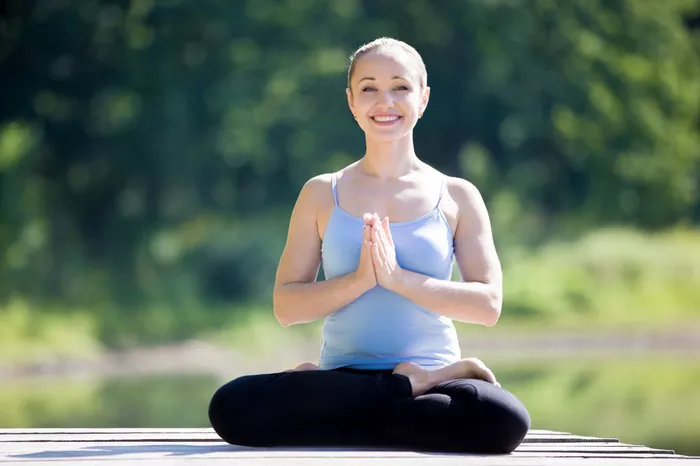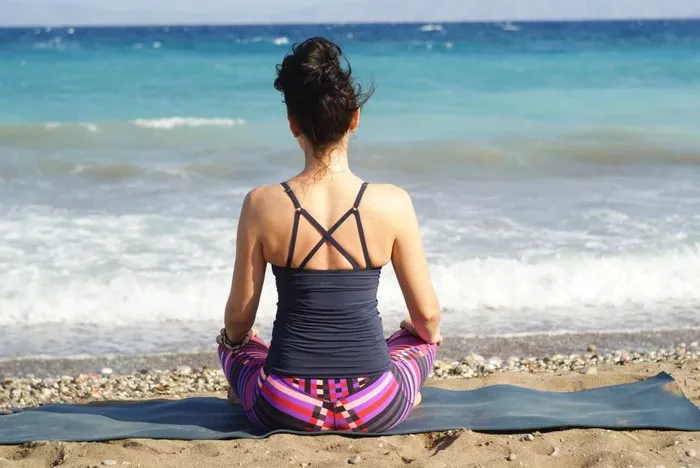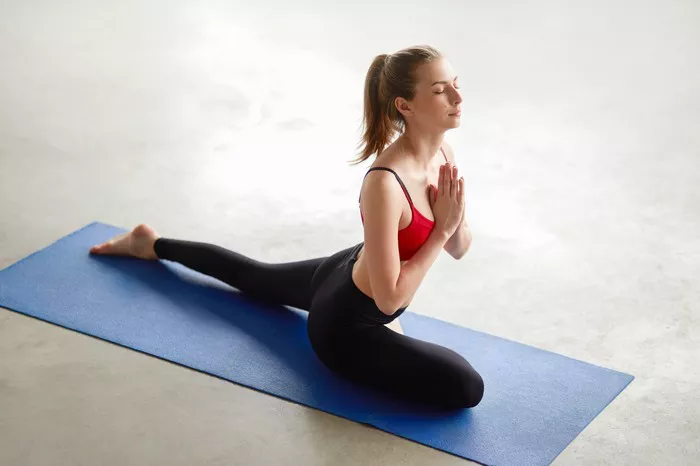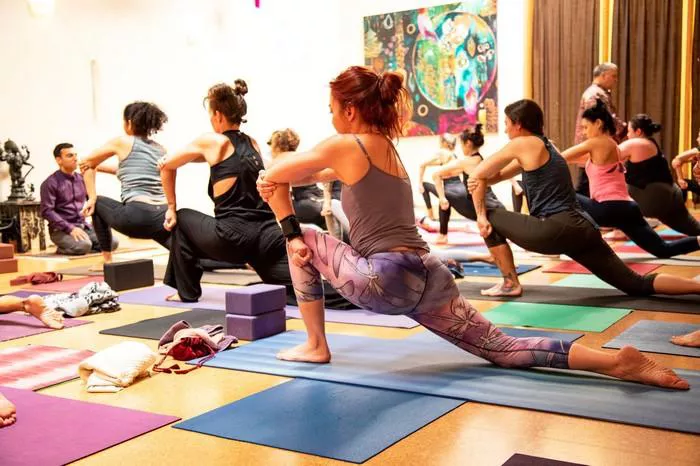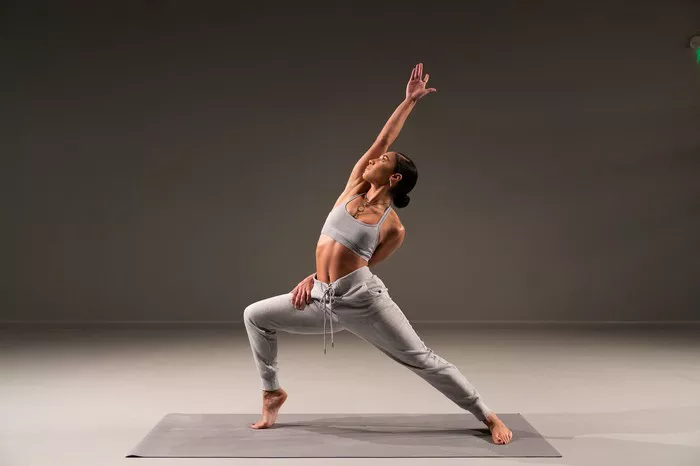Yoga has long been known for its physical, mental, and spiritual benefits. For anyone looking to enhance flexibility, strength, mindfulness, and overall well-being, yoga is a great practice to incorporate into daily life. Among the many styles of yoga, Iyengar yoga stands out for its emphasis on alignment, precision, and the use of props to help practitioners achieve proper posture and form. But the question often arises: Is Iyengar yoga suitable for beginners? In this article, we will explore what Iyengar yoga is, its unique benefits, how it works for beginners, and what you can expect when starting out.
What is Iyengar Yoga?
Named after its founder, B.K.S. Iyengar, Iyengar yoga is a style of yoga that focuses on precise alignment and holds for extended periods. Unlike some other forms of yoga that emphasize flow and movement, Iyengar yoga prioritizes the correct alignment of each pose, making it highly therapeutic. The practice involves the use of props such as blocks, straps, blankets, and chairs to support the body and allow practitioners to reach optimal alignment, even if they have limited flexibility or strength.
Iyengar yoga is often seen as a more disciplined and methodical approach to yoga, with an emphasis on paying attention to every aspect of each pose. This practice is built on the philosophy that when the body is in proper alignment, the mind becomes focused and calm, helping to develop inner peace and awareness.
The Foundations of Iyengar Yoga
There are several key principles that define Iyengar yoga, making it distinct from other yoga styles. Understanding these principles is essential when considering whether it is suitable for beginners.
Precision and Alignment: Every pose in Iyengar yoga is performed with great attention to detail. Alignment refers to the precise arrangement of the body in each posture. Proper alignment helps reduce the risk of injury and ensures maximum benefits from each pose. Iyengar yoga teachers guide students to refine their poses step by step, which helps in the development of awareness of body mechanics.
Use of Props: One of the defining features of Iyengar yoga is the use of props. These props—such as blocks, blankets, straps, and chairs—help students achieve correct alignment, hold poses longer, and experience the full benefits of each posture. Props make the practice accessible to beginners and individuals with different body types and abilities.
Sequencing: Iyengar yoga classes are structured and sequenced to ensure that students gradually build strength, flexibility, and confidence in their practice. Each session typically starts with simpler poses and progressively moves into more challenging postures. Teachers offer modifications for each pose, allowing students of all levels to participate.
In-depth Instruction: Iyengar yoga classes tend to be more focused on detailed instructions and verbal cues. Teachers provide clear explanations on how to perform each pose correctly and emphasize the importance of breath, alignment, and engagement of different muscle groups. This thorough approach helps beginners understand the fundamentals of yoga practice.
Is Iyengar Yoga Suitable for Beginners?
Now, let’s address the central question: is Iyengar yoga suitable for beginners? The short answer is yes. In fact, Iyengar yoga is an excellent choice for individuals who are new to yoga or are looking to deepen their practice. There are several reasons why this style of yoga is well-suited for beginners:
1. Emphasis on Alignment and Safety
For beginners, one of the most important aspects of starting a yoga practice is ensuring that poses are performed safely and with proper form. Iyengar yoga places a strong emphasis on alignment, which helps beginners understand how to move their bodies in a way that prevents injury. With clear instructions on how to position each part of the body, Iyengar yoga reduces the risk of straining muscles or overstretching.
The use of props further ensures that students can practice poses safely and comfortably. Props like blocks can help maintain the correct posture, even if the body is not yet flexible enough to fully engage in certain asanas (yoga poses). For example, placing a block under the hands in a forward bend can reduce strain on the wrists and allow the student to focus on the stretch in the hamstrings and back.
2. Adaptability for All Fitness Levels
Iyengar yoga is highly adaptable, which makes it suitable for beginners regardless of their fitness level. Whether you are completely new to yoga or have some experience with physical activities, the slow-paced, methodical nature of Iyengar yoga allows everyone to progress at their own pace. Teachers often give individualized instructions, adjusting the poses to fit the needs of each student, which makes the practice accessible and welcoming.
The use of props allows beginners to modify poses in a way that feels more comfortable, ensuring that everyone can participate in a meaningful way. For instance, if a student struggles to reach the floor in a forward fold, they can use a block to bring the floor closer and practice proper alignment without compromising their form.
3. Improvement in Flexibility and Strength
For many beginners, one of the main reasons for starting yoga is to improve flexibility. Iyengar yoga is ideal for this purpose, as it focuses on holding poses for longer periods, which helps to increase flexibility over time. It’s a gradual process that allows beginners to feel a sense of accomplishment as they begin to notice improvements in their range of motion.
In addition to flexibility, Iyengar yoga builds strength through a series of poses that engage different muscle groups. The focus on precise alignment and the use of props help beginners strengthen muscles in a balanced and sustainable way. As beginners progress in their practice, they can begin to explore more challenging variations of the poses, allowing them to further develop both strength and flexibility.
4. Mental Focus and Mindfulness
Yoga is not just about the physical postures—it also teaches mindfulness and mental clarity. Iyengar yoga’s attention to detail and the emphasis on alignment naturally lead to increased mental focus. Beginners learn how to direct their attention to the body’s movements and sensations, cultivating a deeper awareness of their physical and emotional states.
As students progress in their practice, they often report feeling more grounded and present in their daily lives. The slower pace of Iyengar yoga provides an opportunity to connect with the breath, quiet the mind, and reduce stress. This mental clarity and calmness is beneficial for beginners who may be looking for a practice that supports emotional well-being alongside physical fitness.
5. Step-by-Step Progression
Unlike some more dynamic styles of yoga that may feel intimidating to beginners, Iyengar yoga takes a step-by-step approach to teaching. Teachers gradually introduce new poses and provide modifications to ensure that each student feels supported throughout their practice. This structured progression helps beginners develop their practice without feeling overwhelmed.
Each class builds upon the previous one, and students are encouraged to develop their skills at their own pace. Over time, they may notice improvements in their ability to hold poses, deepen their stretches, and achieve greater overall strength and flexibility. The progression from simple poses to more advanced variations is one of the reasons why Iyengar yoga is so beginner-friendly.
6. Personalized Attention
Iyengar yoga classes often have a smaller student-to-teacher ratio, allowing instructors to give more individualized attention. This is particularly helpful for beginners who may be unfamiliar with the poses or unsure of their alignment. Teachers can offer adjustments, modifications, and tips to help students refine their practice and achieve proper alignment.
Beginners will appreciate the personalized attention, as it fosters a sense of confidence and support. Additionally, teachers are trained to be patient and understanding, which helps beginners feel comfortable asking questions and seeking guidance when needed.
What to Expect as a Beginner in Iyengar Yoga
If you are considering Iyengar yoga as a beginner, it’s helpful to know what to expect during your first class. Here are a few things to keep in mind:
Slower Pace: Iyengar yoga classes are typically slower than other forms of yoga. You may hold poses for longer periods of time, allowing you to focus on alignment and breath. This slower pace allows beginners to learn proper technique and become more attuned to their bodies.
Props: As mentioned, props are an integral part of Iyengar yoga. You will likely be given props such as blocks, straps, or blankets to assist you in achieving the correct alignment and supporting your body in different poses. Don’t be afraid to use these props—they are designed to make your practice more accessible.
Detailed Instructions: Teachers will guide you through each pose with detailed verbal instructions. They may ask you to make small adjustments to your body to improve your alignment. It’s important to listen carefully and follow their cues to get the most out of the practice.
Focus on Breath: Throughout your practice, teachers will encourage you to pay attention to your breath. Iyengar yoga emphasizes the connection between breath and movement, helping you remain present and mindful throughout the practice.
Conclusion
Iyengar yoga is a wonderful practice for beginners who are looking to develop a solid foundation in yoga. Its emphasis on alignment, safety, and the use of props makes it an accessible and adaptable form of yoga for people of all ages and fitness levels. Whether you are looking to improve flexibility, build strength, or cultivate mindfulness, Iyengar yoga provides a supportive environment where beginners can progress at their own pace.
By focusing on the details of each posture and developing a deep understanding of alignment, beginners will not only enhance their physical well-being but also cultivate a sense of mental clarity and peace. With the right guidance, Iyengar yoga can be a fulfilling and transformative practice for anyone just starting their yoga journey.
Related Topics:

